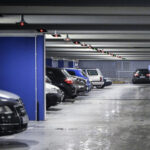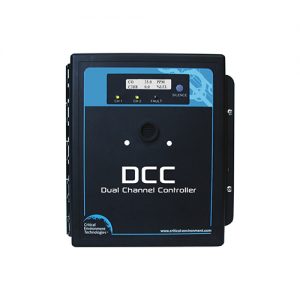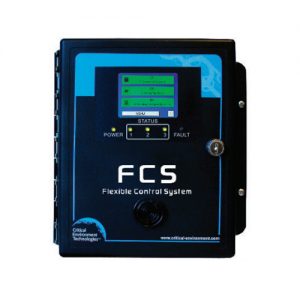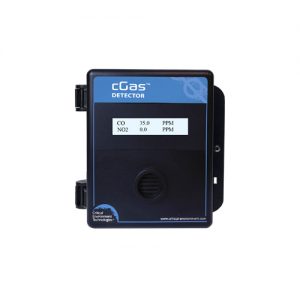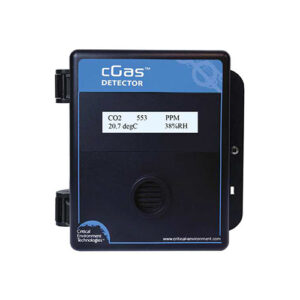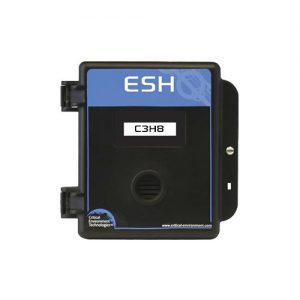Carpark Gas Monitoring Solutions
Unlike open parking lots, enclosed or underground parking rely on a ventilation system to bring in fresh air and purge the vehicle exhaust buildup. If the facility is not ventilated properly, it can become a hazardous environment as vehicle exhaust from idling and slow moving cars trying to find a place to park collects in the enclosed area.
Carbon monoxide is the most abundant of the exhaust fumes, but there is also the possibility for nitrogen dioxide from diesel powered engines. To provide a safe, breathable parking facility and minimize energy costs associated with the operation of the ventilation system, a hazardous gas detection system is necessary.
In partnership with Critical Environment Technologies, Kenelec Scientific offers a wide range of hazardous gas detection systems designed to monitor Carbon Monoxide CO, Nitrogen Dioxide NO2, Methane CH4 or Propane C3H8 for parking facilities of various sizes, designs, locations, and the number and type of cars coming and going.
Key considerations to monitor gas in enclosed parking facilities:
- The gas detection system operates ventilation system, on demand controlled
- One gas detector provides coverage of up to 17m radius with 360-degree coverage
- Alternate fuel vehicles that use natural gas, methanol, etc. also product carbon monoxide exhaust
Explore CET ventilation systems’ applications in different parking sizes:




